Community articles — Getting Started
Recent
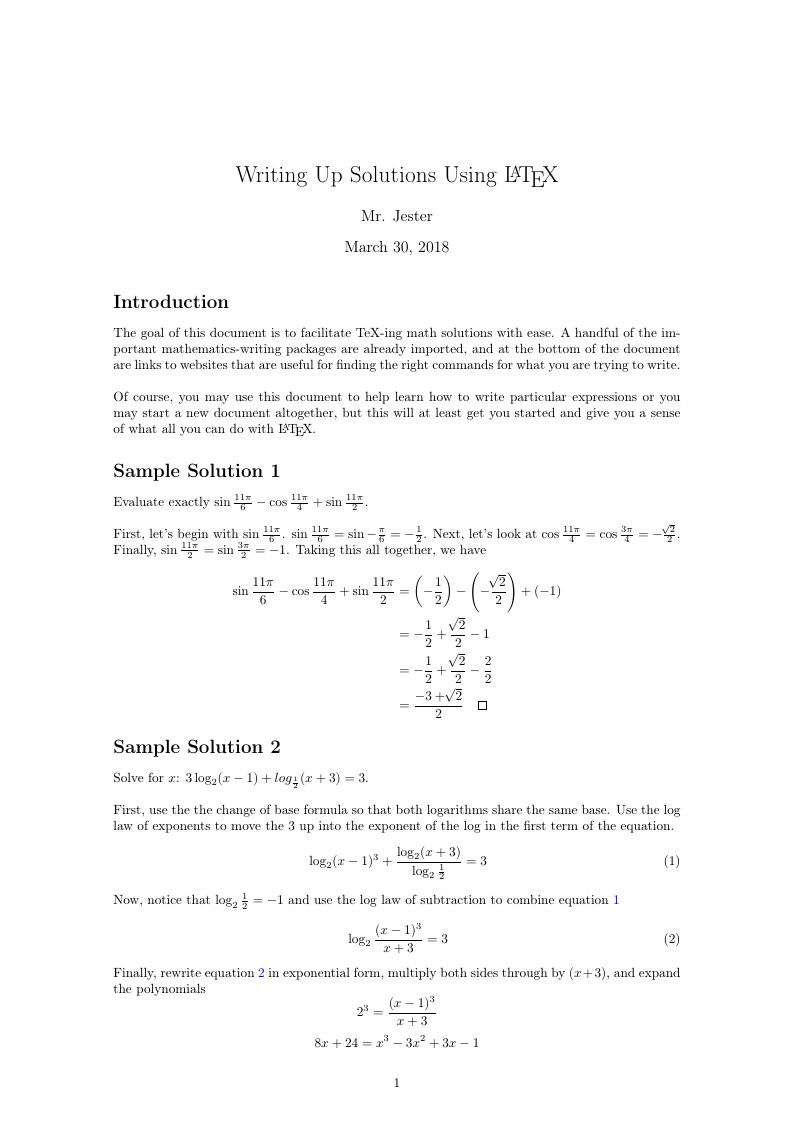
A sample document with some code, useful packages, resources, and sample solution writeups to help Phillips Academy math students get started with Overleaf and LaTeX.
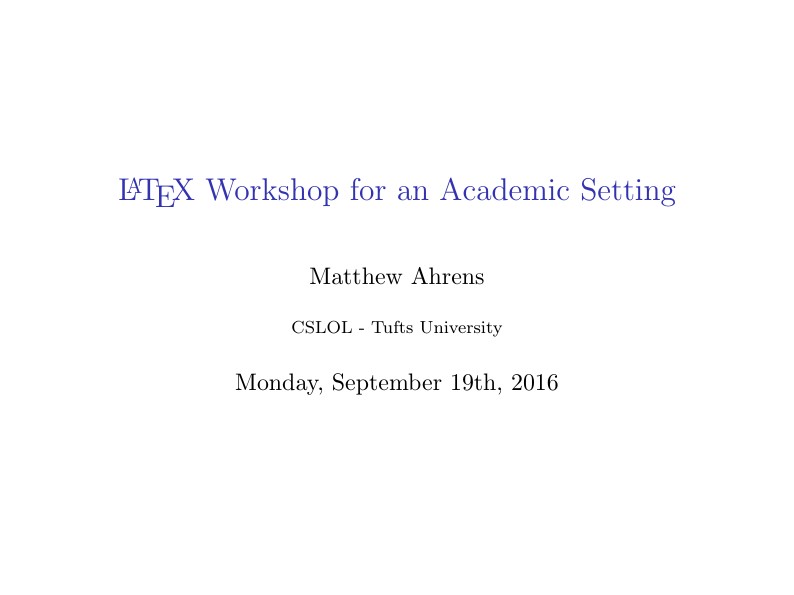
Workshop and examples for getting started with LaTeX, Tufts 2016 CSLOL
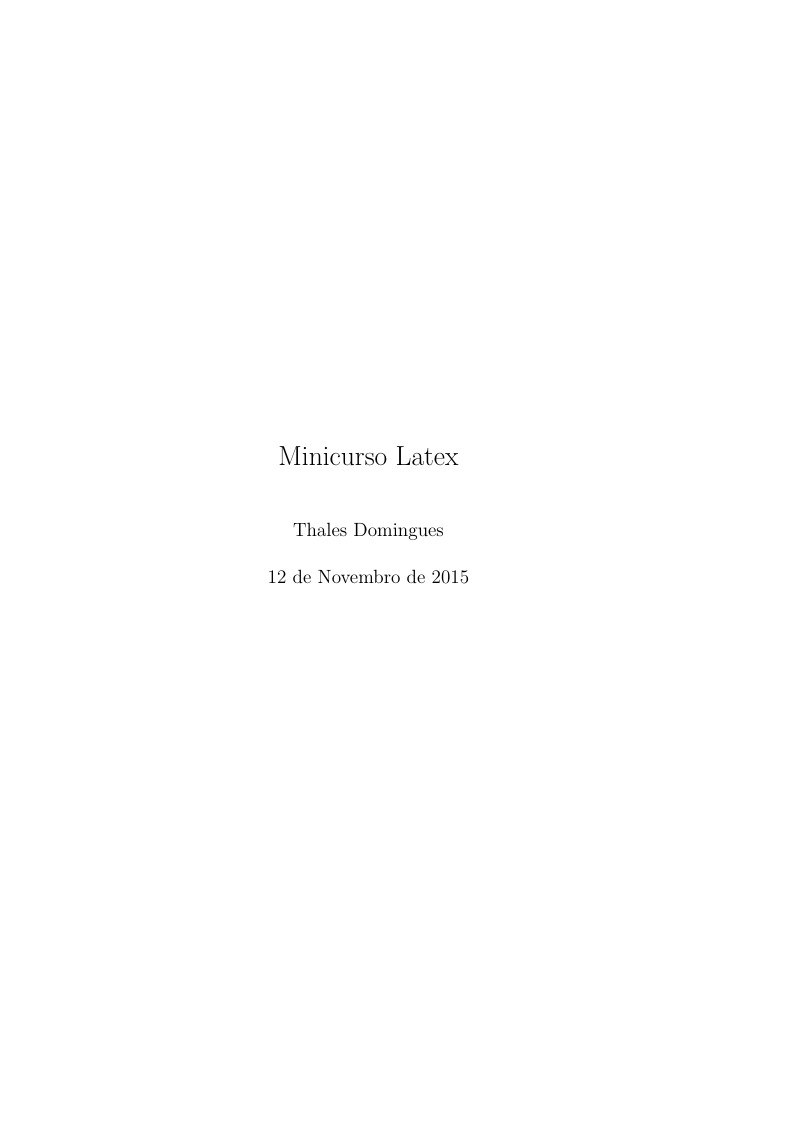
First Class
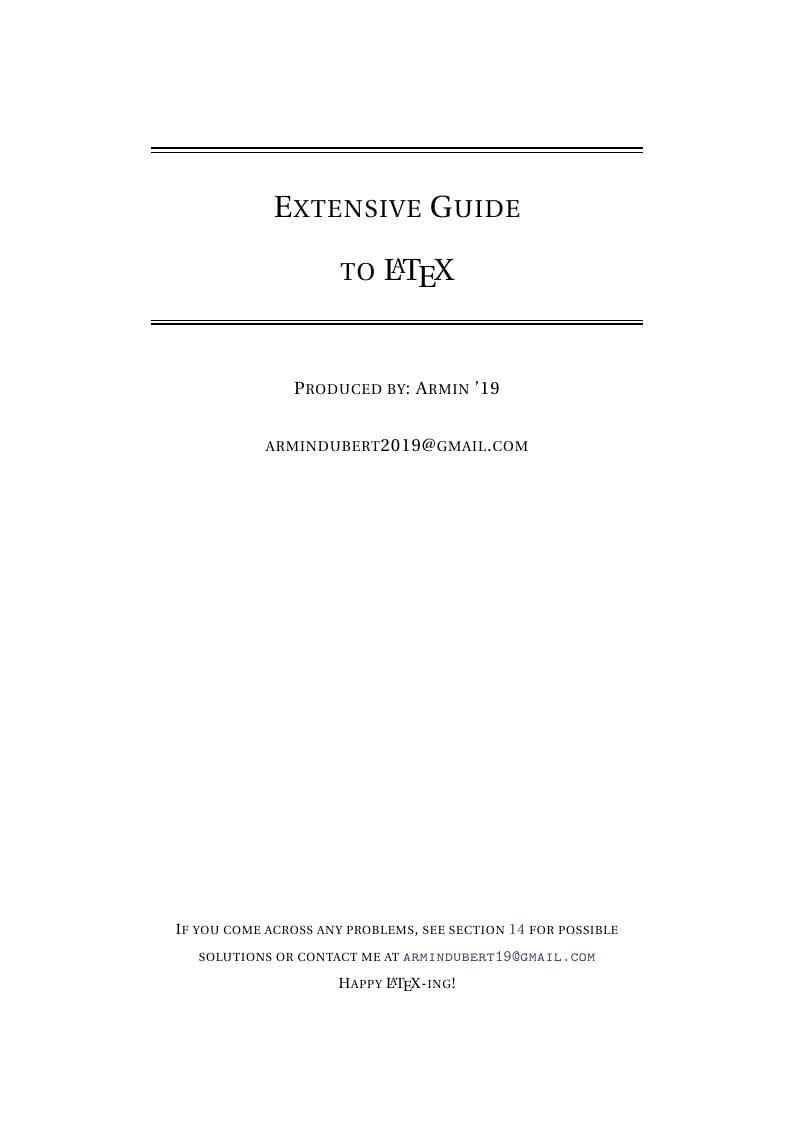
Provides an Extensive Guide to LaTeX along with the source code. This provides a template for documentation.
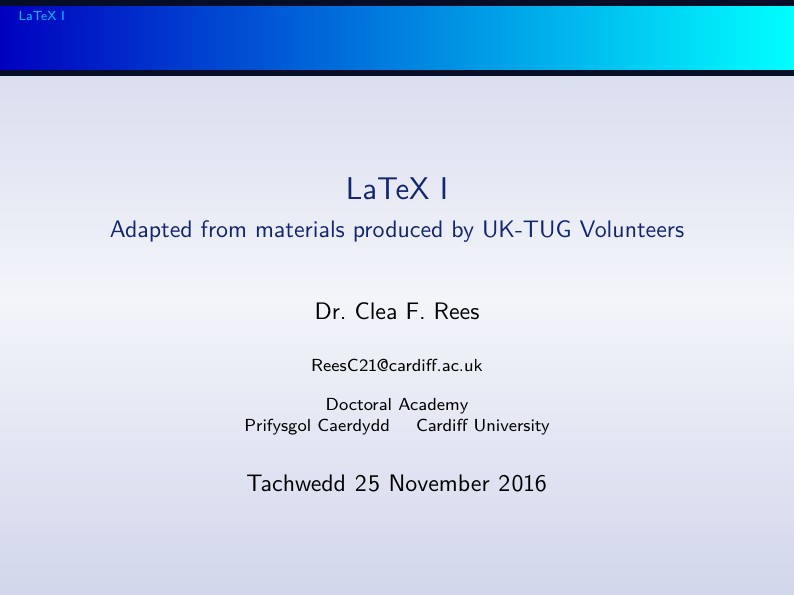
Source code for LaTeX I, a course for LaTeX beginners, including slides, handouts, exercises and notes. LaTeX I is a workshop provided by Cardiff University's Doctoral Academy. The materials are a modified version of those produced by UK TUG volunteers for a course provided for beginning LaTeX users. The materials were adapted for LaTeX I by Clea F. Rees. Both the original work and modifications are licensed under a Creative Commons Attribution-ShareAlike 3.0 Unported License. The original project is available as a GitHub repository maintained by Joseph Wright from https://github.com/uktug/latex-beginners-course/.
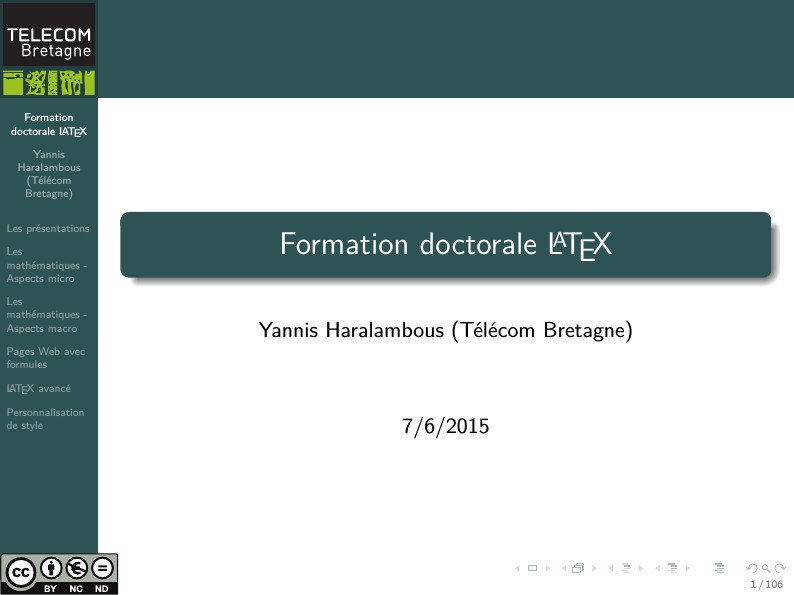
Il s'agit des transparents d'une initiation à LaTeX, formation destinée aux doctorants de l'École doctorale SICMA. Elle est proposée chaque année à Télécom Bretagne (sur les sites de Brest ou de Rennes). À l'origine elle provient d'un cours que j'ai monté dans les années '90 pour l'association GUTenberg, et que j'ai donné des dizaines de fois en France et en Belgique, ces 20 dernières années. Les transparents ont bien évolué au gré des évolutions du monde TeX. Je me sers de ces transparents également pour un cours proposé aux professeurs de CPGE dans le cadre du groupe LIESSE. ATTENTION : il ne s'agit que de *transparents* de cours, ils ne sont ni exhaustifs ni suffisamment commentés pour servir à un véritable auto-apprentissage.
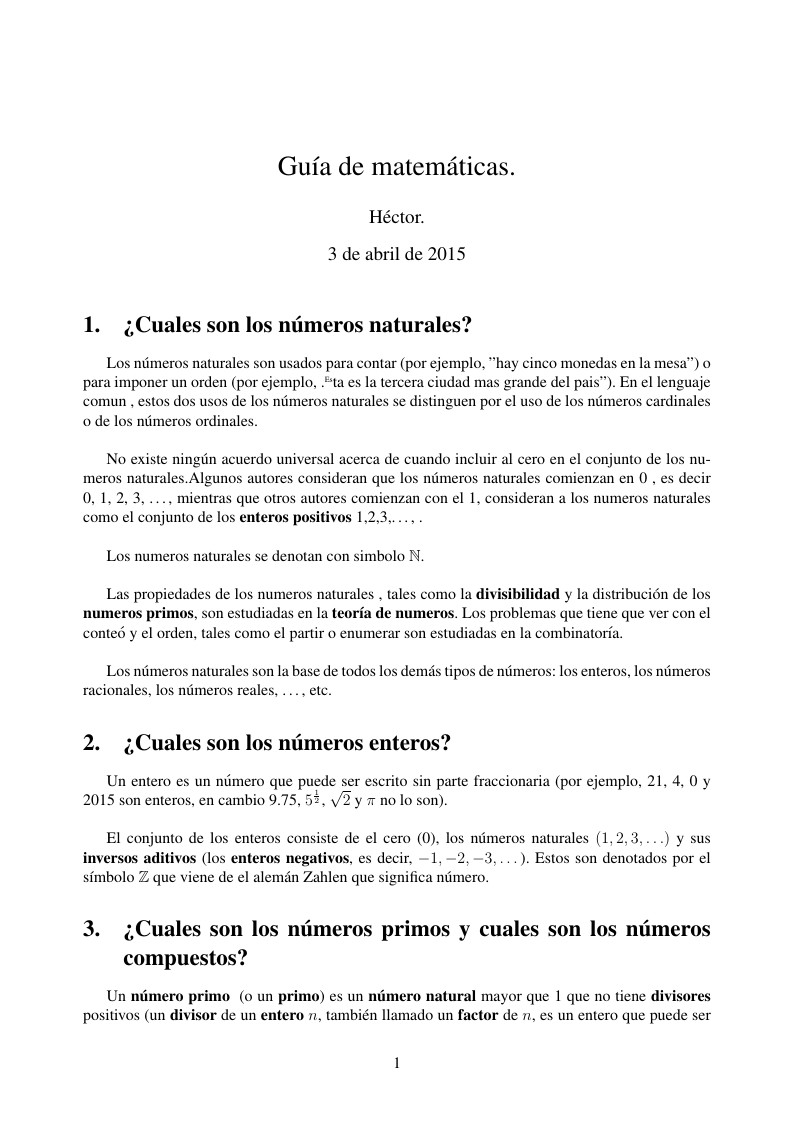
Una guía de matemáticas básicas.
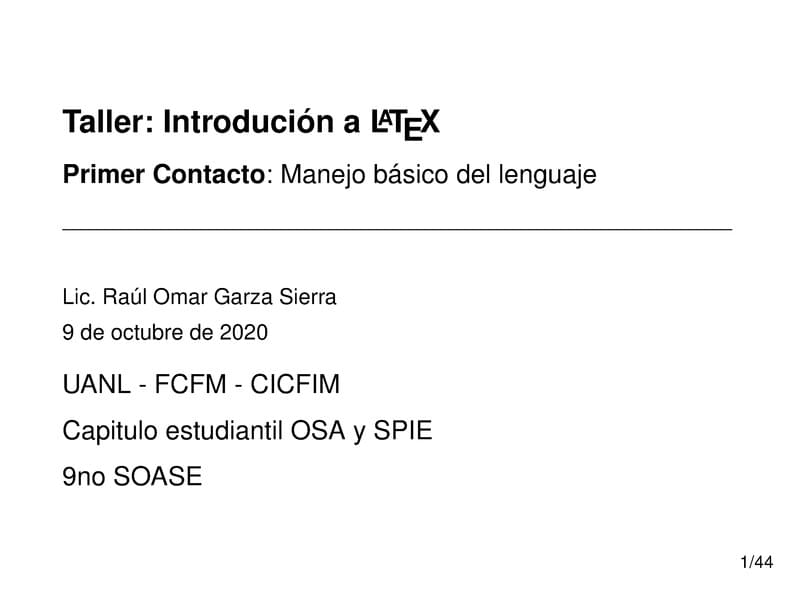
Presentación Introdución a LaTeX
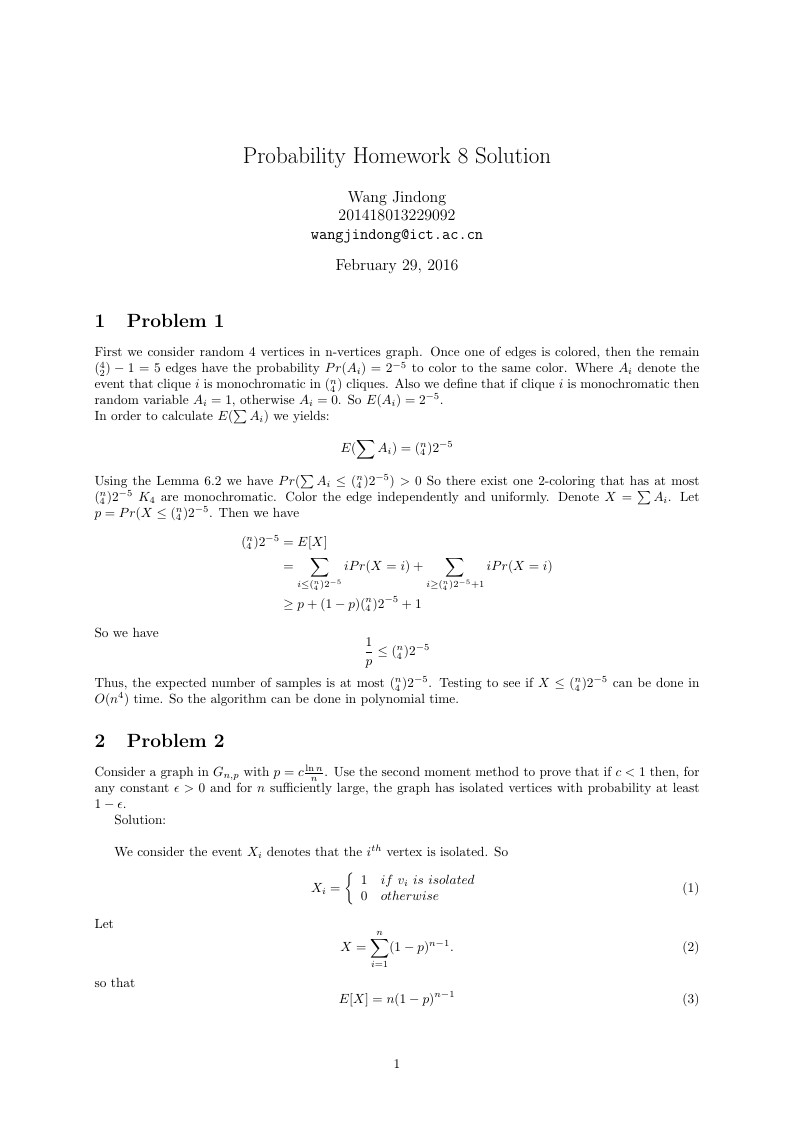
This LaTex file is composed using LaTex.It's my probability homework published here only with the purpose of making more people get to know and use LaTex well!
\begin
Discover why over 20 million people worldwide trust Overleaf with their work.